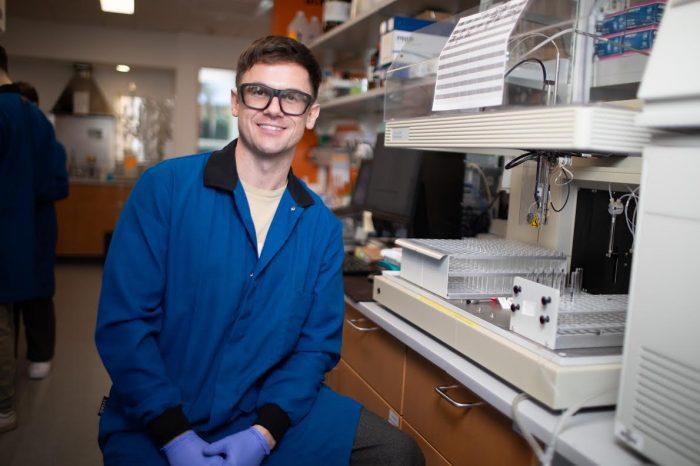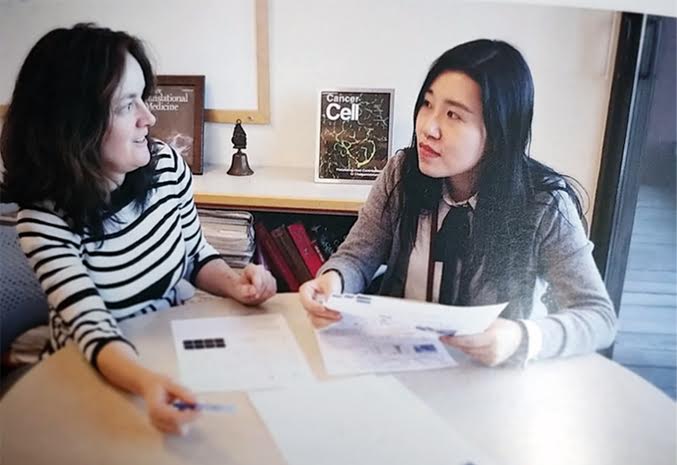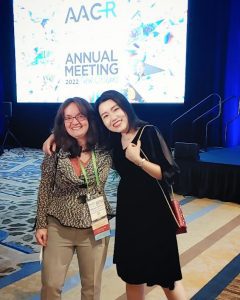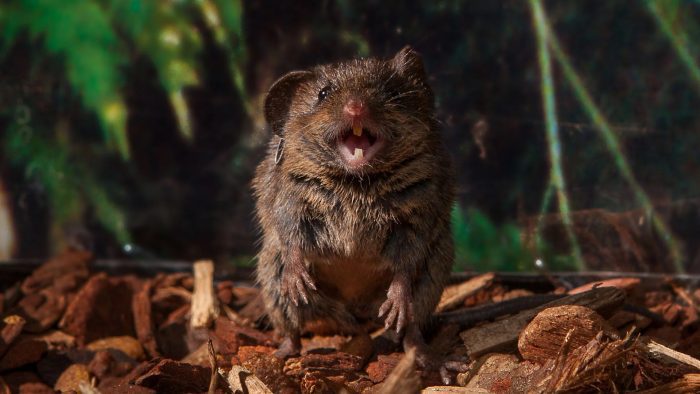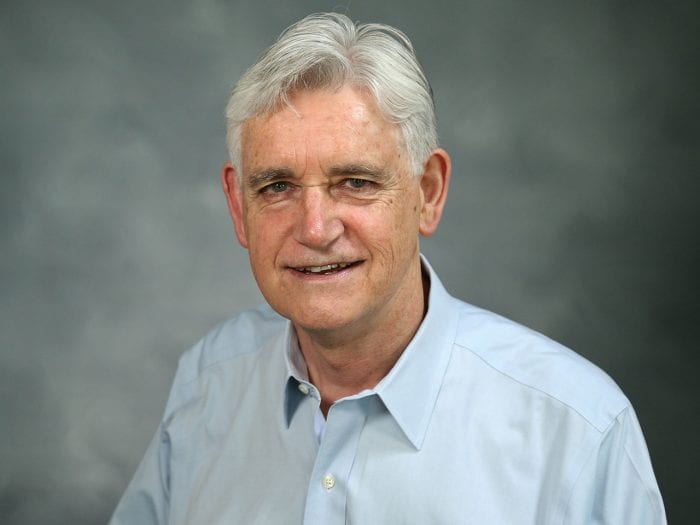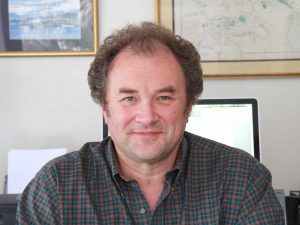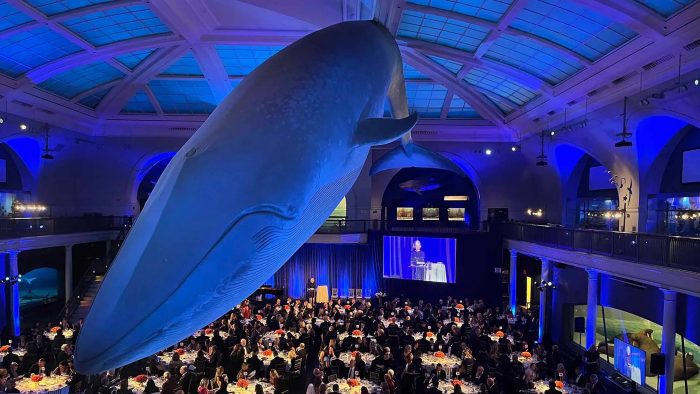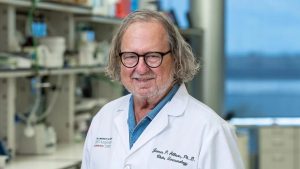By Daniel Dunaief
The transition from studying pancreatic cancer’s playbook to attempting new moves to wrestle it into submission is getting closer at Cold Spring Harbor Laboratory, thanks to support from New York State.
Recently, Governor Kathy Hochul (D) announced that the Empire State would contribute $15 million to a new Pancreatic Cancer Center at Cold Spring Harbor Laboratory as a part of the lab’s Foundations for the Future Expansion.
The funds will support the construction of a new center that will continue to try to defeat this insidious type of cancer as CSHL aims to develop new treatments.
“Patients should not feel there’s no chance and no hope” after a pancreatic cancer diagnosis, said David Tuveson, Director of the CSHL Cancer Center and a researcher whose lab has taken innovative approaches to pancreatic cancer. “They are watching the evolution of an area in a disease that previously has been challenging to treat. Through fundamental research, we are coming up with new approaches.”
As CSHL works with human organoids, which are tissues grown from a patient’s own cancer cells that can be used to test the effectiveness of various treatments and any resistance from cancer, animal models, and other techniques, they have moved closer to finding targets that could lead to new therapies.
Any novel treatment would likely involve creating new companies, likely on Long Island, that could develop these treatments, file for patents, and build a commercial presence and infrastructure.
“It’s an investment by the state to accelerate our translational research so we can go from preclinical to clinical,” said Tuveson. “Part of that will be to generate private entities that can focus on turning a lead to first-in-class, first-in-human products. It allows us to build that infrastructure.”
Tuveson has been working on a potential treatment for several years. Other potential treatments are also in the earlier stages of development.
Governor Hochul suggested that the state’s investment fits in the context of an overall goal to boost the local economy with new biotechnology companies.
“New York State is leading on innovative healthcare space, and this funding will advance research to better understand pancreatic cancer – one of the most devastating forms of cancer,” Governor Hochul said in a statement.
Big Picture
The Pancreatic Cancer Center will take a wide range of approaches to this particular type of cancer.
The Center will be, along with Northwell Health, a “pipeline from fundamental discovery science” to clinical trials conducted with hospital partners, explained Bruce Stillman, CEO of Cold Spring Harbor Laboratory.
The center will address early detection as well.
For Tobias Janowitz, Associate Professor and Cancer Center Program Co-Leader at CSHL, the investment means “we can strengthen collaborations between experts in metabolism, immunology, cancer cell biology, and whole body effects of cancer, all of them interconnected and relevant to therapy development in pancreatic cancer.”
Janowitz explained that patients with pancreatic cancer have the highest incidence of cachexia, in which chronic illness causes a reduction in muscle and fat, lowers people’s interest in food and causes extreme and potentially terminal weight loss. Pancreatic cancer patients almost universally experience a loss of appetite and profound weight and muscle loss.
Understanding cachexia in the context of pancreatic cancer will “enable care for patients with other cancers, too,” Janowitz added.
From that perspective, Janowitz hopes the New York State funds could enable discoveries that reach beyond pancreatic cancer.
As an MD/PhD, Janowitz could be involved in the translation of fundamental discoveries into clinical research and, ultimately, clinical care.
Janowitz has a specific interest in optimizing the therapeutic window for patients with pancreatic cancer.
“We are looking for management options that intensify the anti-cancer effect,” while, at the same time, protecting or reconditioning the whole body, Janowitz added.
Janowitz is using special transcriptomics on clinical samples in collaboration with Jon Preall, who leads the genomics core facility.
In a statement, Cold Spring Harbor Laboratory Chair Marilyn Simons described the state funding as a “catalyst to mobilize further private investment in pancreatic cancer research at CSHL.”
Simons added that her father was diagnosed with pancreatic cancer at the age of 75. A doctor offered him an exploratory operation, which enabled him to live another 14 years.
“Few people are so lucky,” Simons added in a statement. “Our wonderful scientists at Cold Spring Harbor are working with Northwell Health and the Feinstein Institutes to help more people get access to the latest biomedical advances.”






